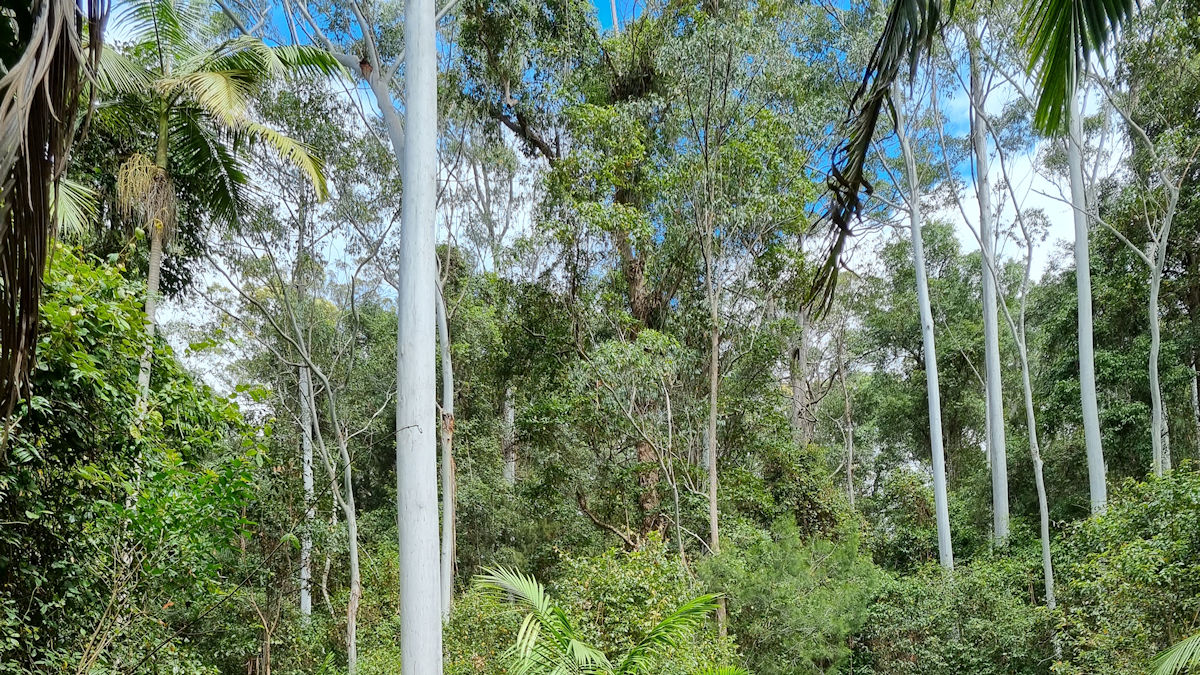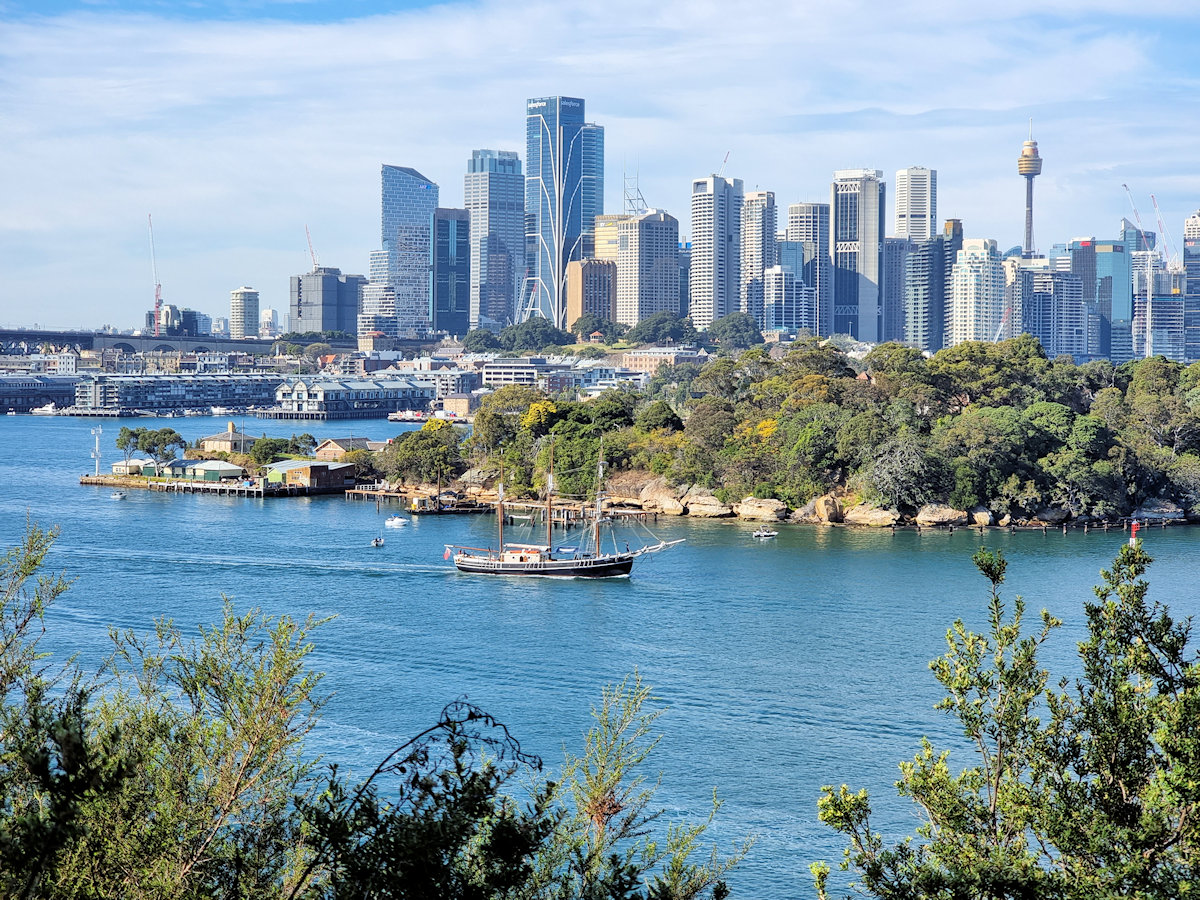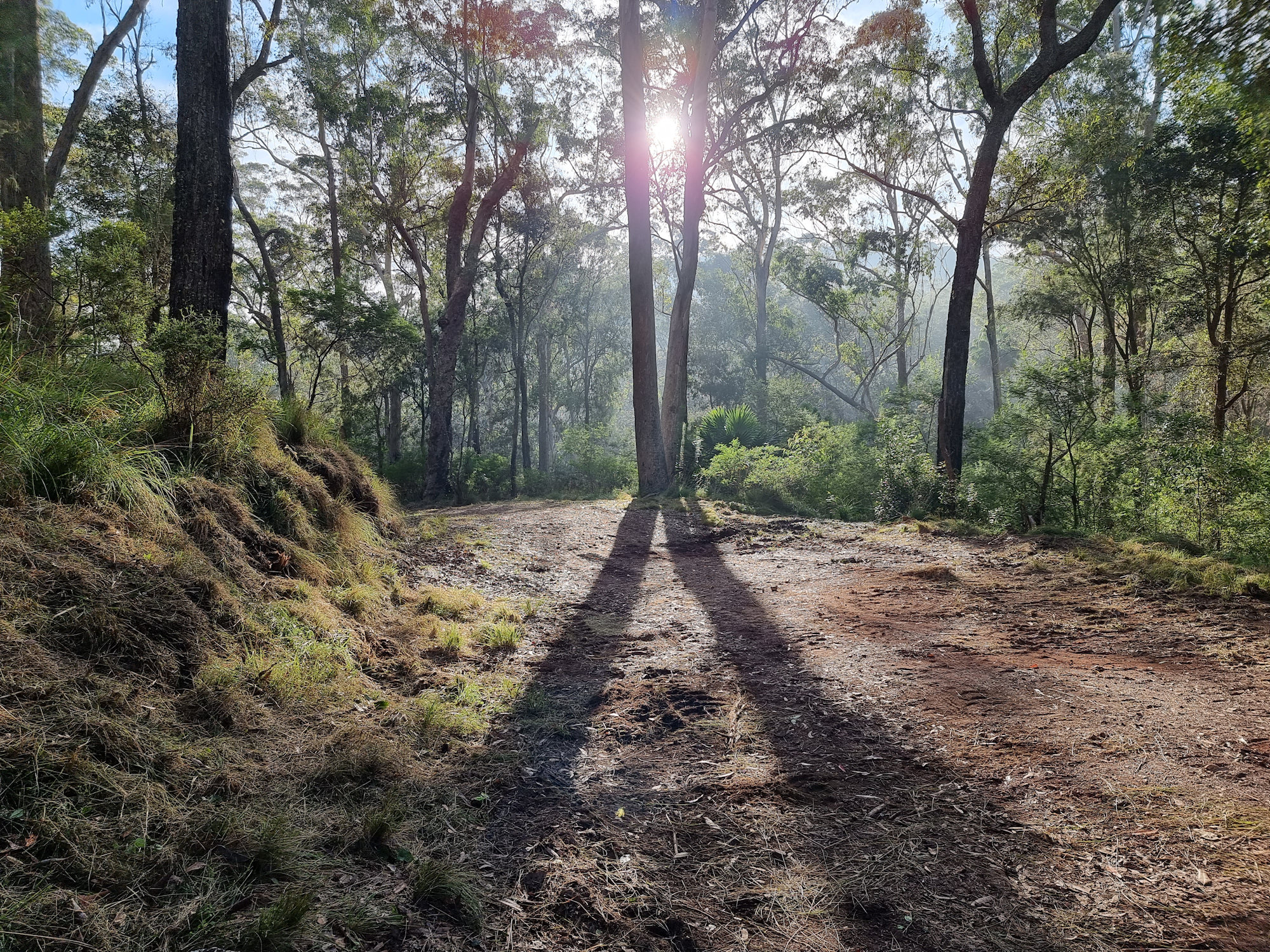Tag: australian bush
-
The Grandis

The Grandis Standing over 70m tall, The Grandis is the tallest known tree in New South Wales. Only a 20-minute drive from Bulahdelah on the NSW mid-north coast, it’s easy to get to, although some of the access is over dirt road. A small parking area is located next to a small picnic area and… Read more
-
Balls Head Reserve Sydney Australia

Balls Head Reserve Sydney Australia Located on the northern side of Sydney Harbour, Balls Head Reserve is a scenic reserve offering breathtaking views of the harbour city and bridge. Winding tracks through regenerated native bushland let you experience the Australian bush without leaving Sydney. History The reserve was named after Henry Lidgbird Ball, who was… Read more
-
Palona Cave Walk

Palona Cave Walk Located in the Royal National Park, near Sydney the Palona Cave Walk is a short and easy bush walk. It takes you through beautiful temperate rainforest to a large limestone cave and a cascading waterfall. Getting There We drove to Royal National Park, arriving just after sunrise, so that we could catch… Read more